The CHARA Array:
building towards the Michelson Array









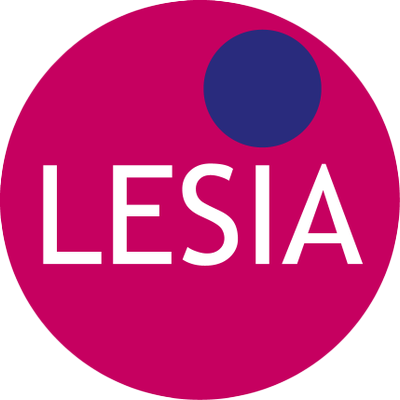



Nic Scott
Telescope Systems Scientist

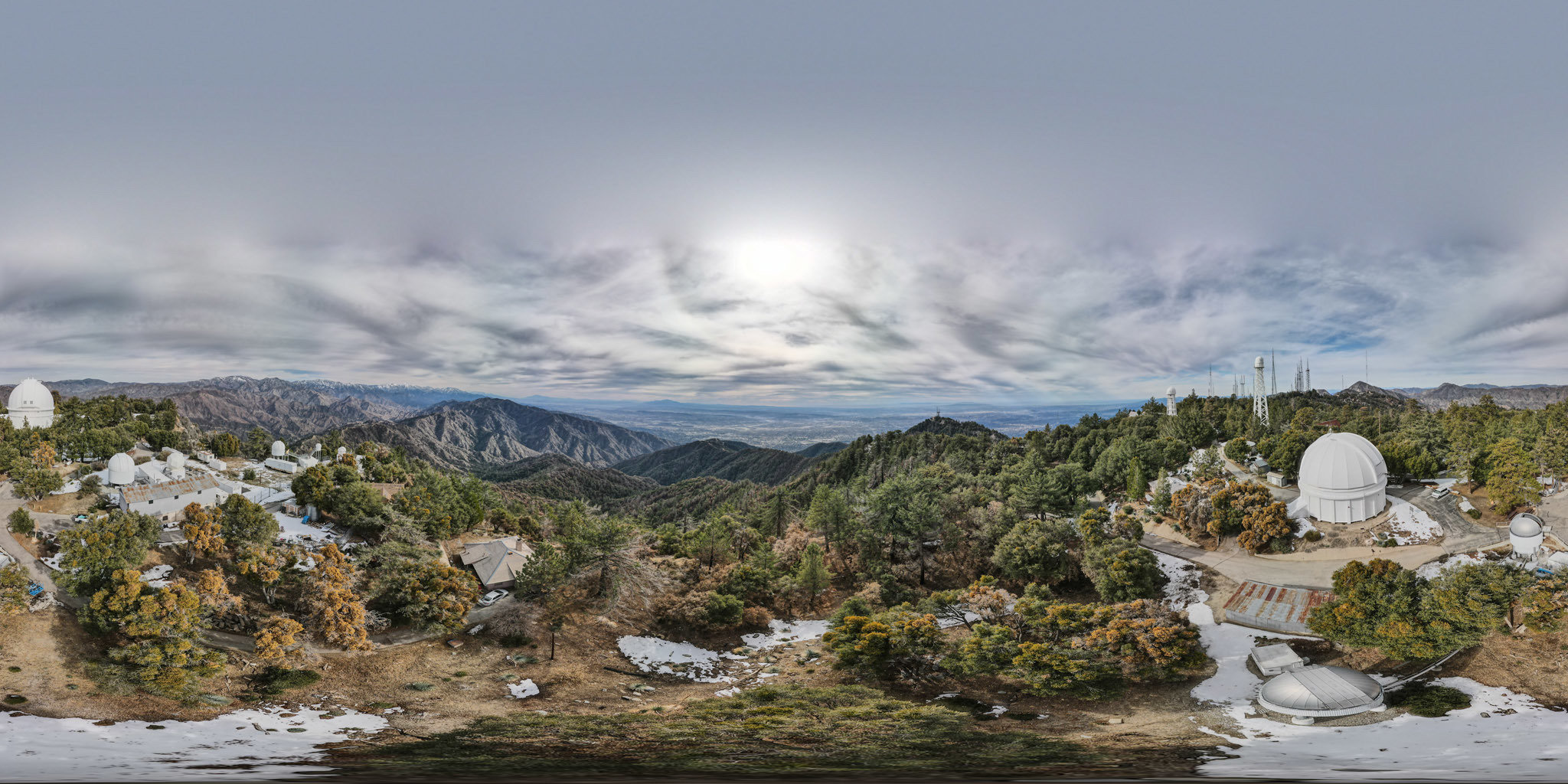
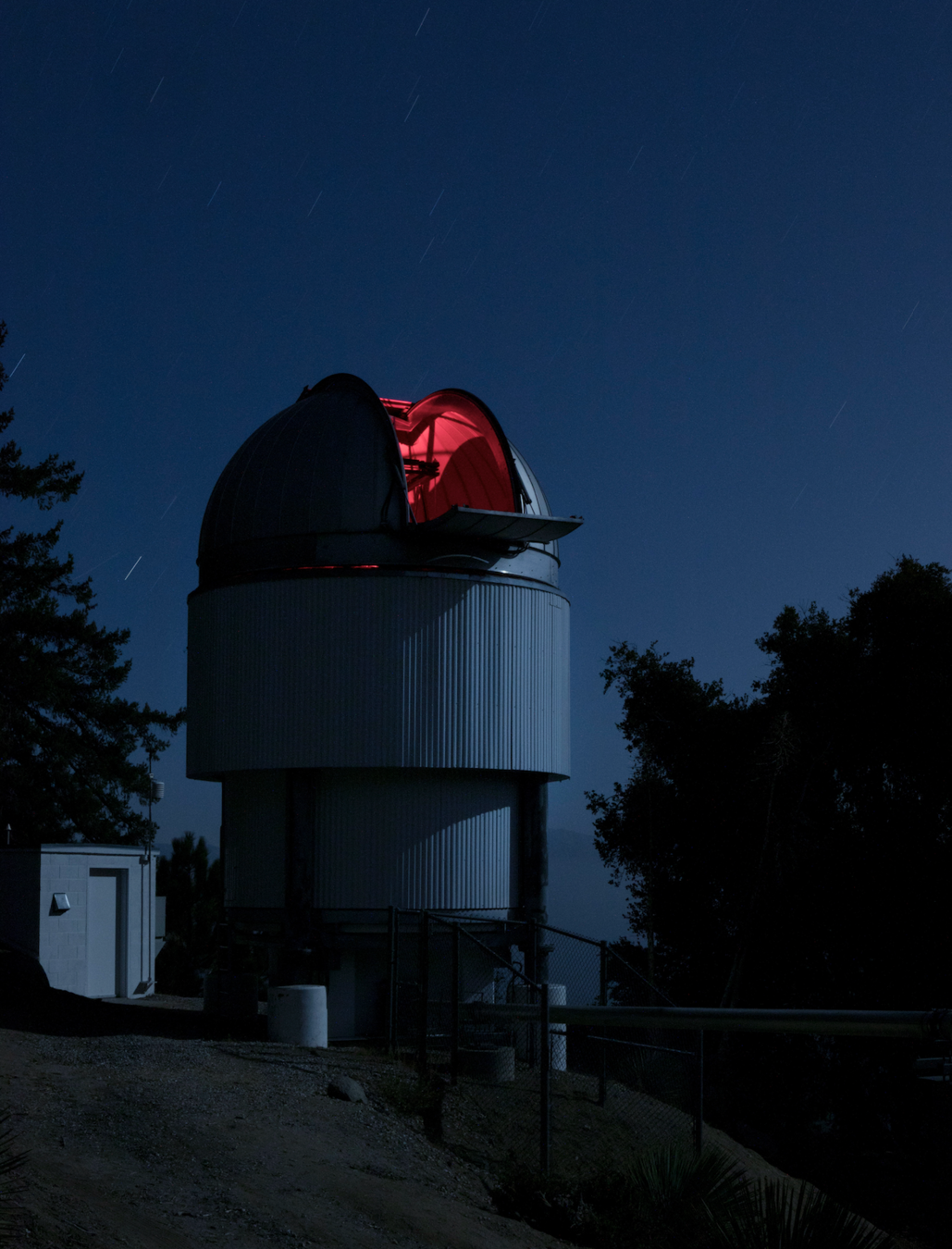

Georgia State University, Atlanta
Director: Douglas Gies
The CHARA Array
Mount Wilson Observatory, California
Director: Gail Schaefer
16 staff members onsite
Operations funded through the NSF, GSU, collaboration











Center for High Angular Resolution Astronomy
- 1984 - "CHARA" established
- 1994 - NSF funding awarded
- 1996 - Mt. Wilson ground broken
- 1998 - Keck funding added
- 1999 - First fringes between S1/S2
- 2001 - First starlight fringes on longest baseline
- 2003 - Construction completed
- 2005 - First journal paper - dia. of Regulus (McAlister)
- 2007 - Image of surface of Altair (Monnier)
- 2010 - Open access program initiated
- 2025 - 274 papers published so far
CHARA Timeline



The CHARA Array is capable of resolving details as small as 200 micro-arcseconds, equivalent to the angular size of a coin seen from a distance of 10,000 miles (16,000 km).

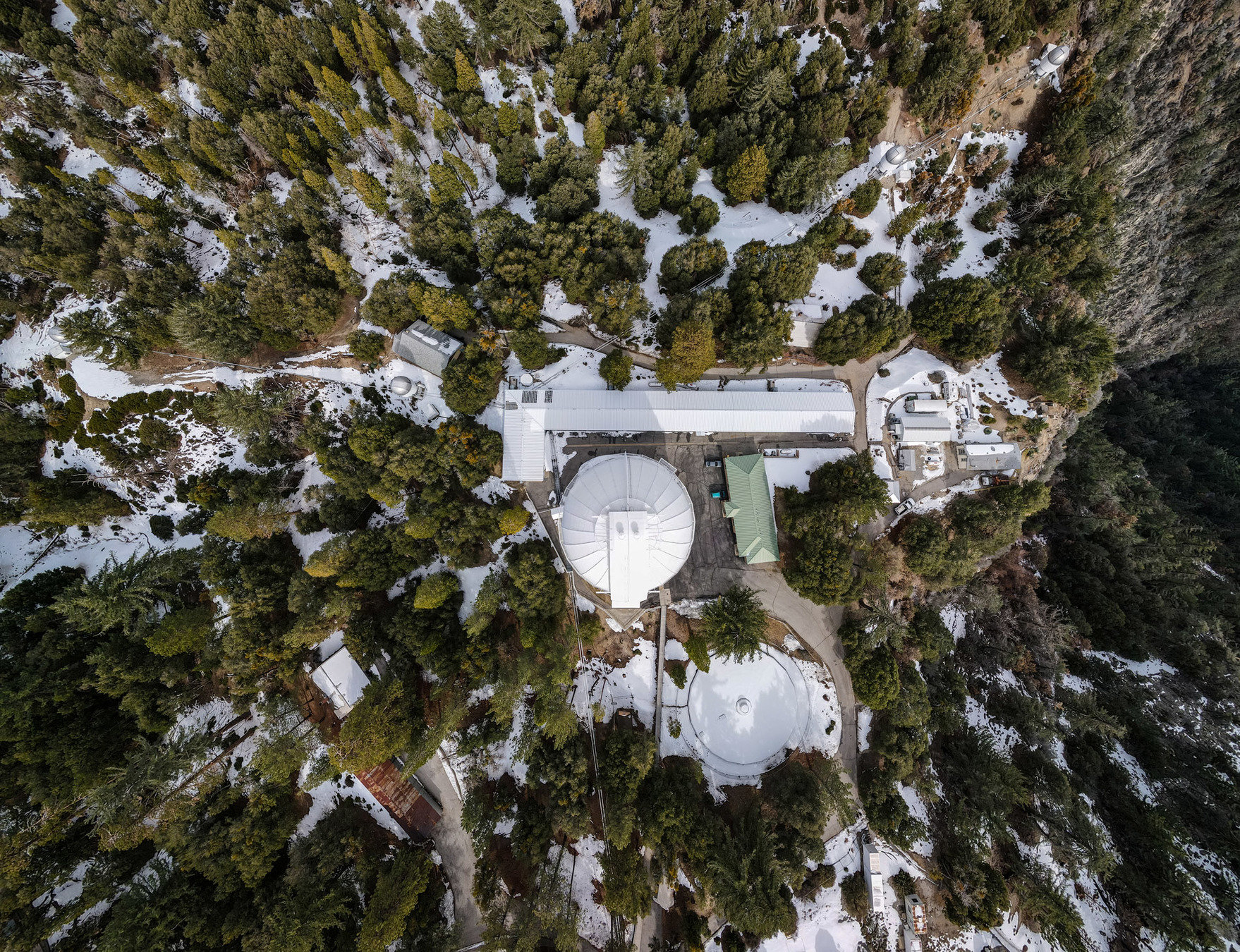
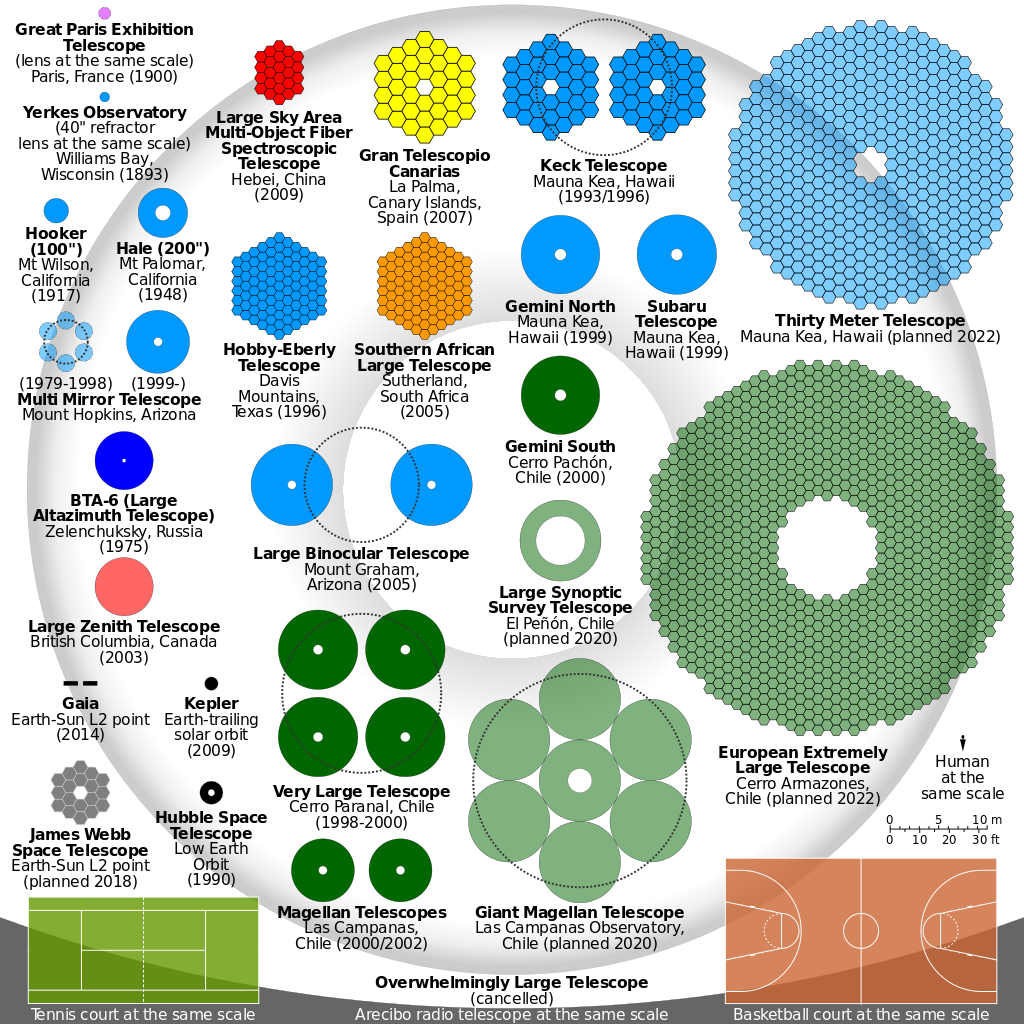
The CHARA Array

34 to 331m baselines
- 15 total baselines
Spatial resolution
• 0.20 mas R (650 nm)
• 0.52 mas H (1.67 μm)
• 0.66 mas K (2.13 μm)





Polaris
sigma Geminorum
zeta Andromedae
Imaging stars


Algol
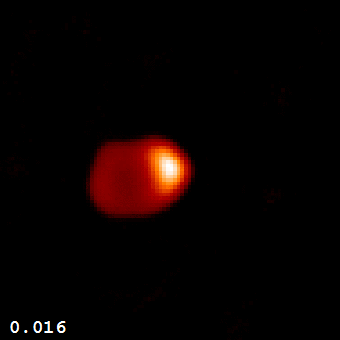

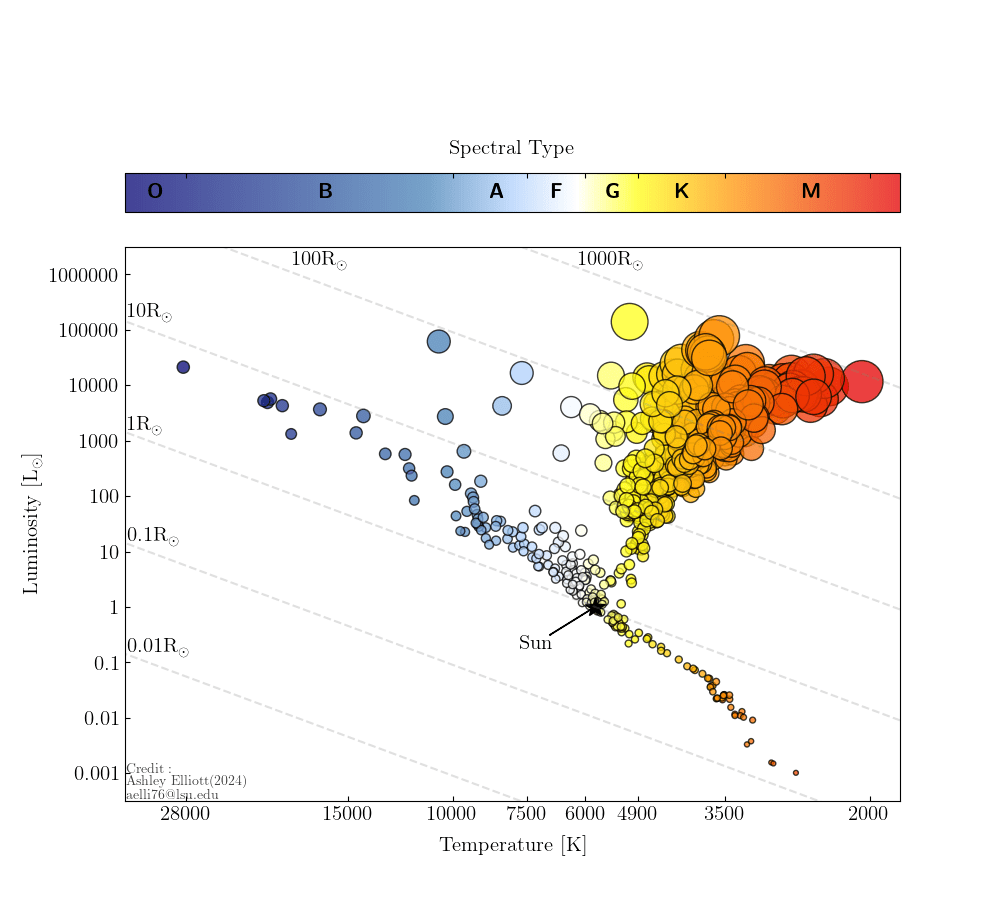
Ashley Elliott 2024
Diameters of Stars
- Angular Dia. + Parallax → Linear Radius
- Diameter + Bolometric Flux → Teff
- masses & ages from evolutionary tracks/isochrones
- evolutionary models
- color-magnitude relations
- surface brightness relations
- asteroseismic scaling relations
693 stars, σθ < 5%
Binary & Multiple Stars
Castor A and B



- Resolved the inner binary components
- Masses & 3D orbits
- Mutual orientation of components
Imaging Luminous Stars
The cool hypergiant star RW Cep experienced a Great Dimming event in 2022:


- H & K-band images asymmetric distribution, distorted shape
- NIR spectroscopy: fading increased towards shorter wavelengths
→ implicates dust formation from stellar ejecta as explanation for the fading & unusual appearance.
post-AGB star AC Her

Image credit: Dr Mark A. Garlick / markgarlick.com
If so, represents the first example of a polar circumbinary planet.

- Binary surrounded by large gas/dust disk
- First 3D orbit for system
- Cavity in the center not created by the tidal action of the central binary
- Planet formed in disk would be relatively stable
- Central cavity could be the result

Disks Around Young Stars
T Tau type disks and other Young Stellar Objects (YSOs) are the birthplaces of planets.
Herbig Be star HD 190073
V1925 Aql
SU Aur

- YSO disk is viewed almost face-on (i<20°)
- Clear view of the full extent of the inner gas disk.
- Discovered bright spot in the disk that migrated by 27° over 32 days
- Inclined & warped disk
- Flux mainly from the far side of the disk
- Near side partially obscures the central star
- Dust emission indicates formation of a disk wind from the boundaries of the warped disk

NGC 4151
Active Galactic Nuclei
bright central region of the active galactic nucleus of the Seyfert galaxy NGC 4151.

- Central structure resolved: 0.5 mas
- Ring-like structure, i = 40°
- Perpendicular to radio jet
- K-band flux probably from dust sublimation region on the face of torus surrounding black hole

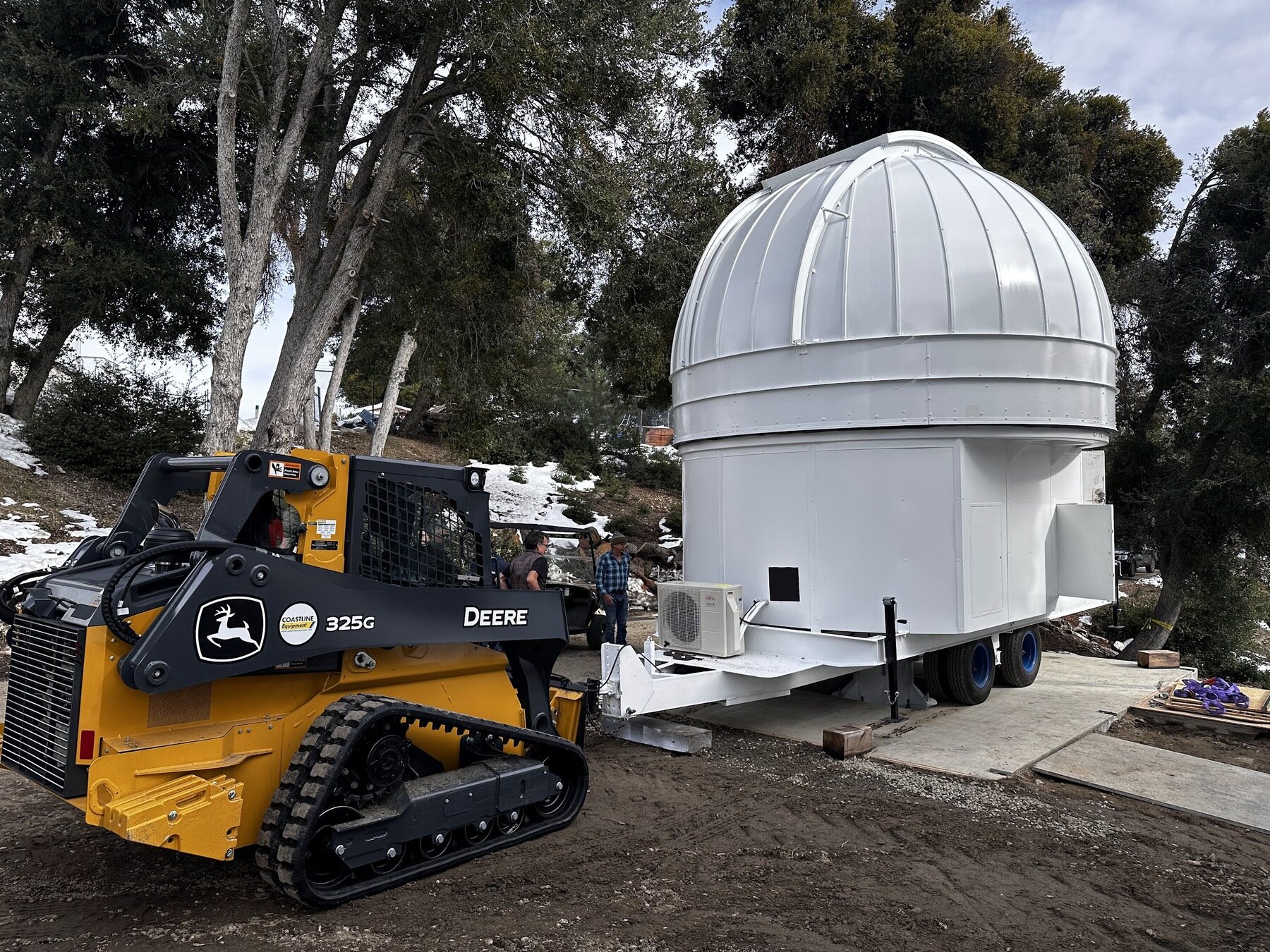
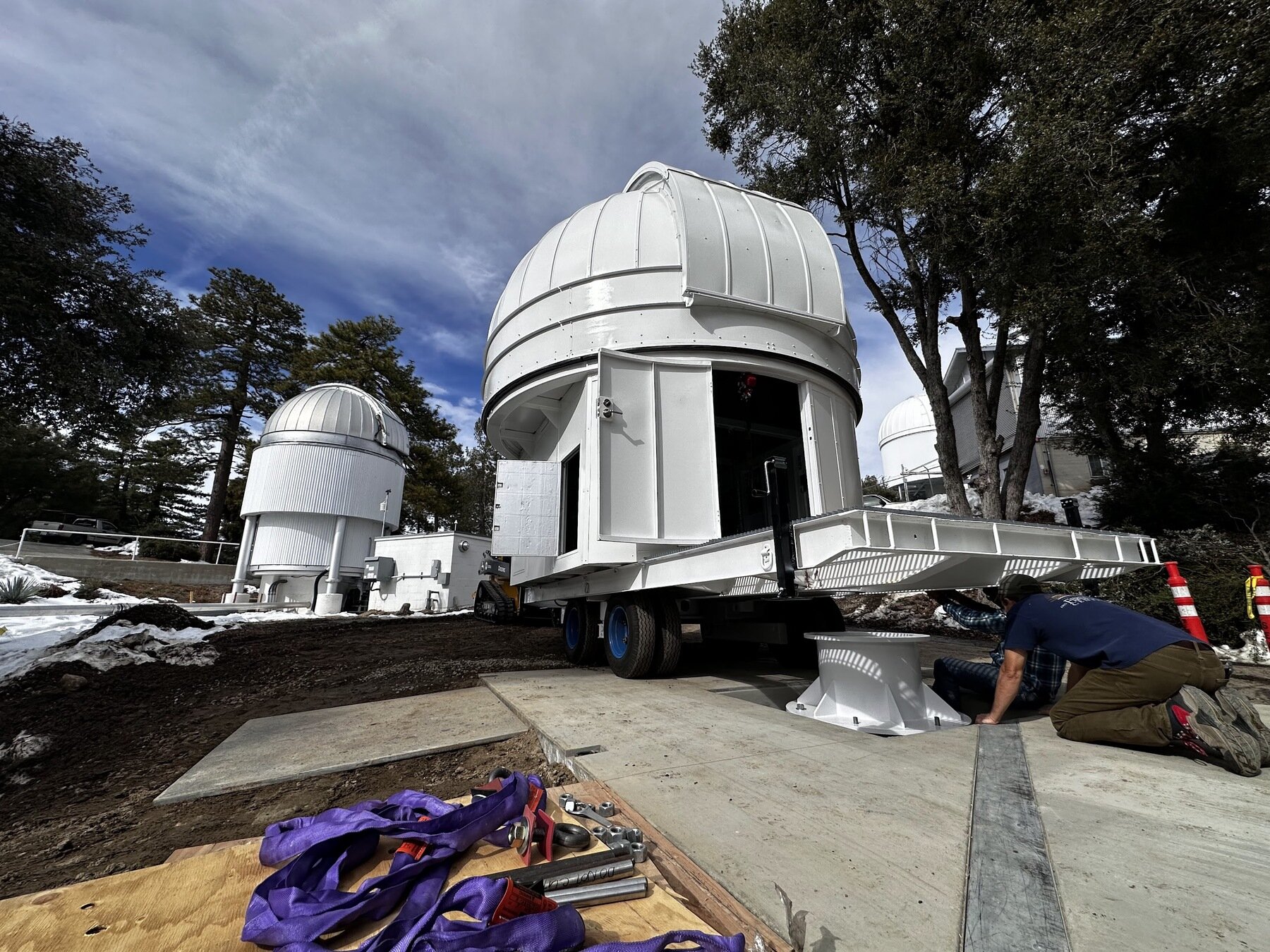
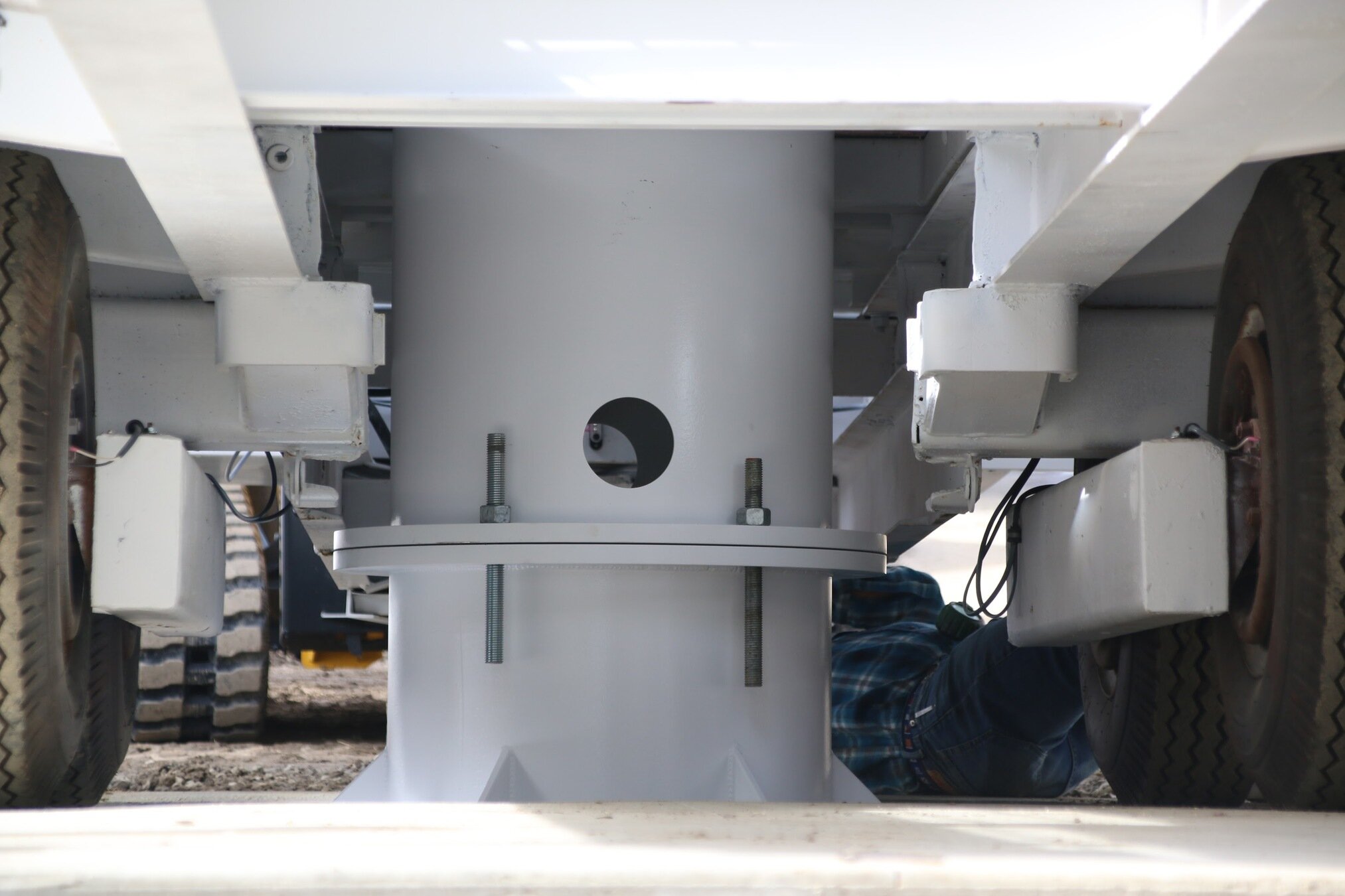

"...technical improvements in both hardware and software will continue indefinitely."
"One rationale for the facility is to serve as a testbed for new developments in optical interferometry."
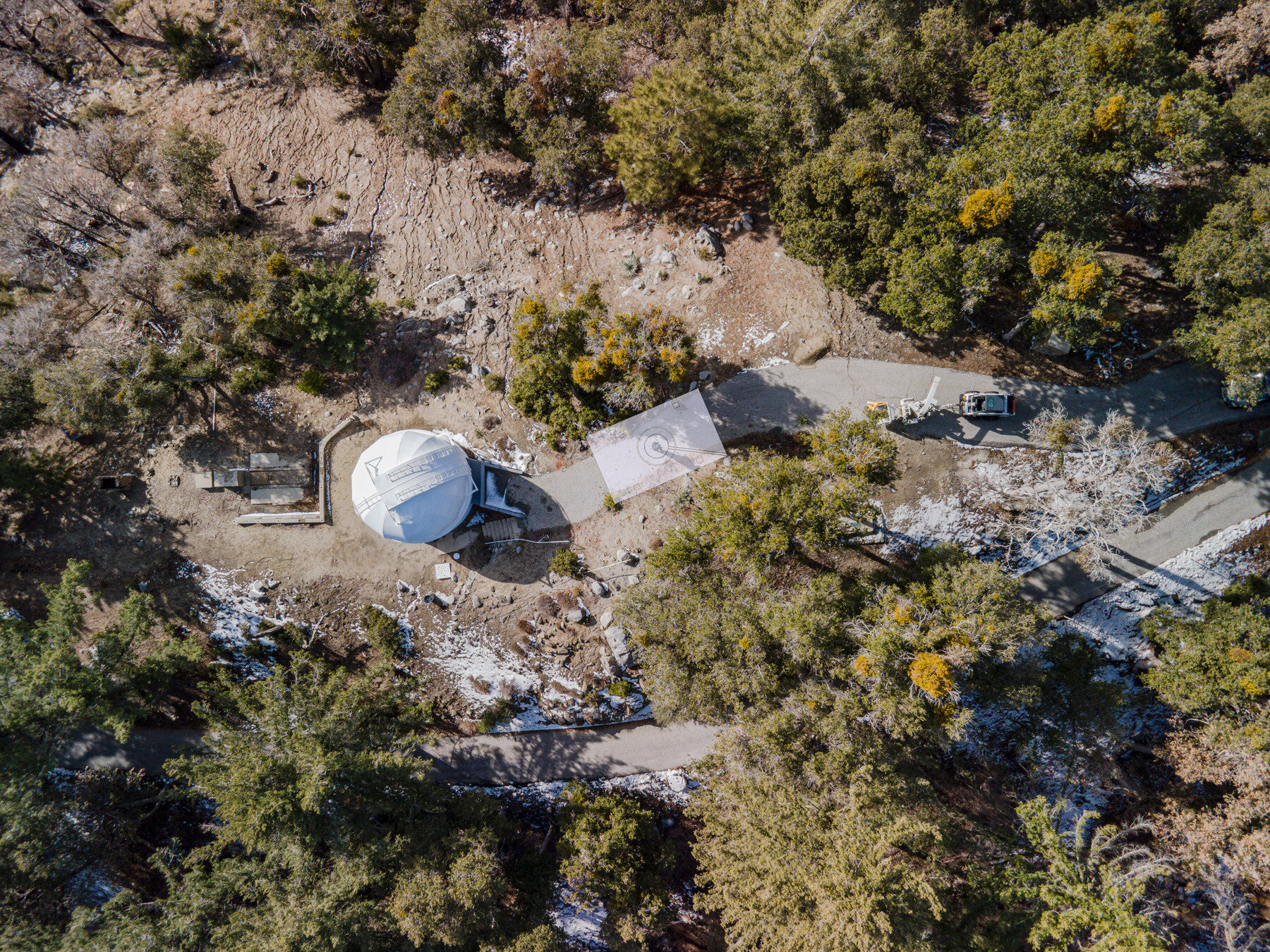
S4
S3
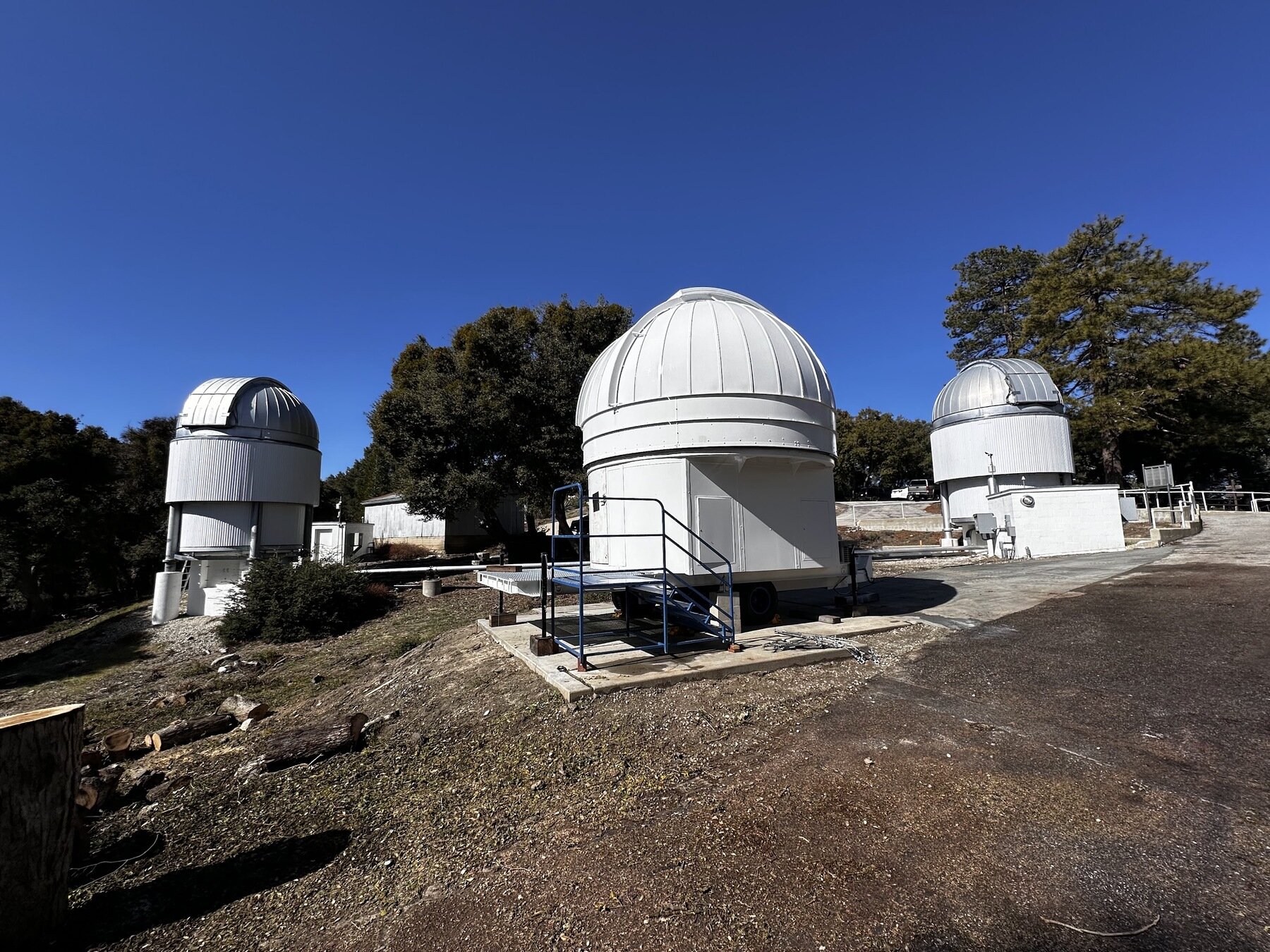
ALOHA – Univ. Limoges
Single-mode PM fibers
λ=810 nm, 240 m long
Laying on the ground
Connect S1+S2
On-sky fringes
Magri, J. et al., MNRAS, 536, 266 (2025)
CMAP
Single-mode PM fibers
λ=1.6 μm, 650 m long
Trench: 18 inches deep
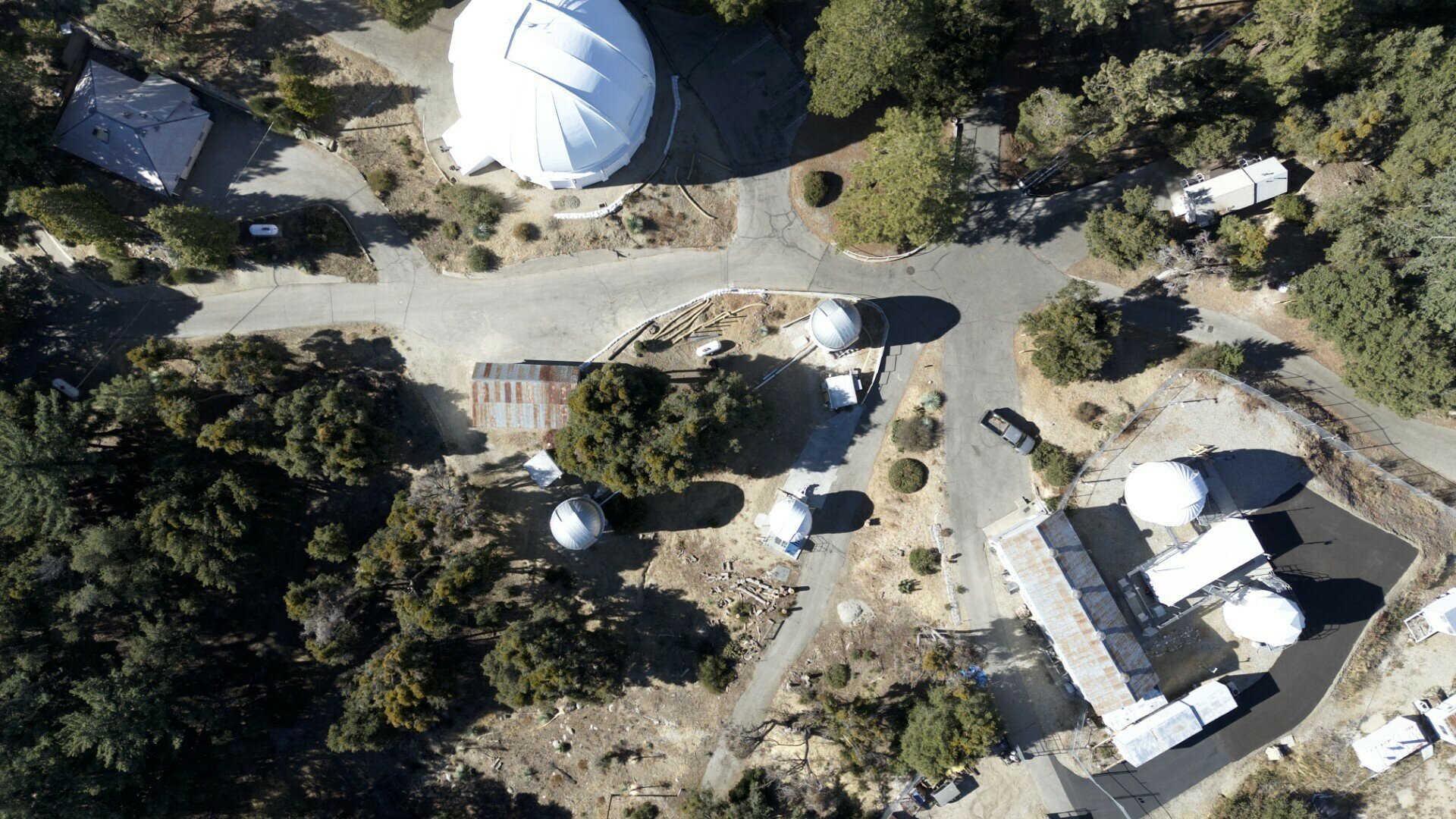
258m to S2
557m to E1
S2
S1
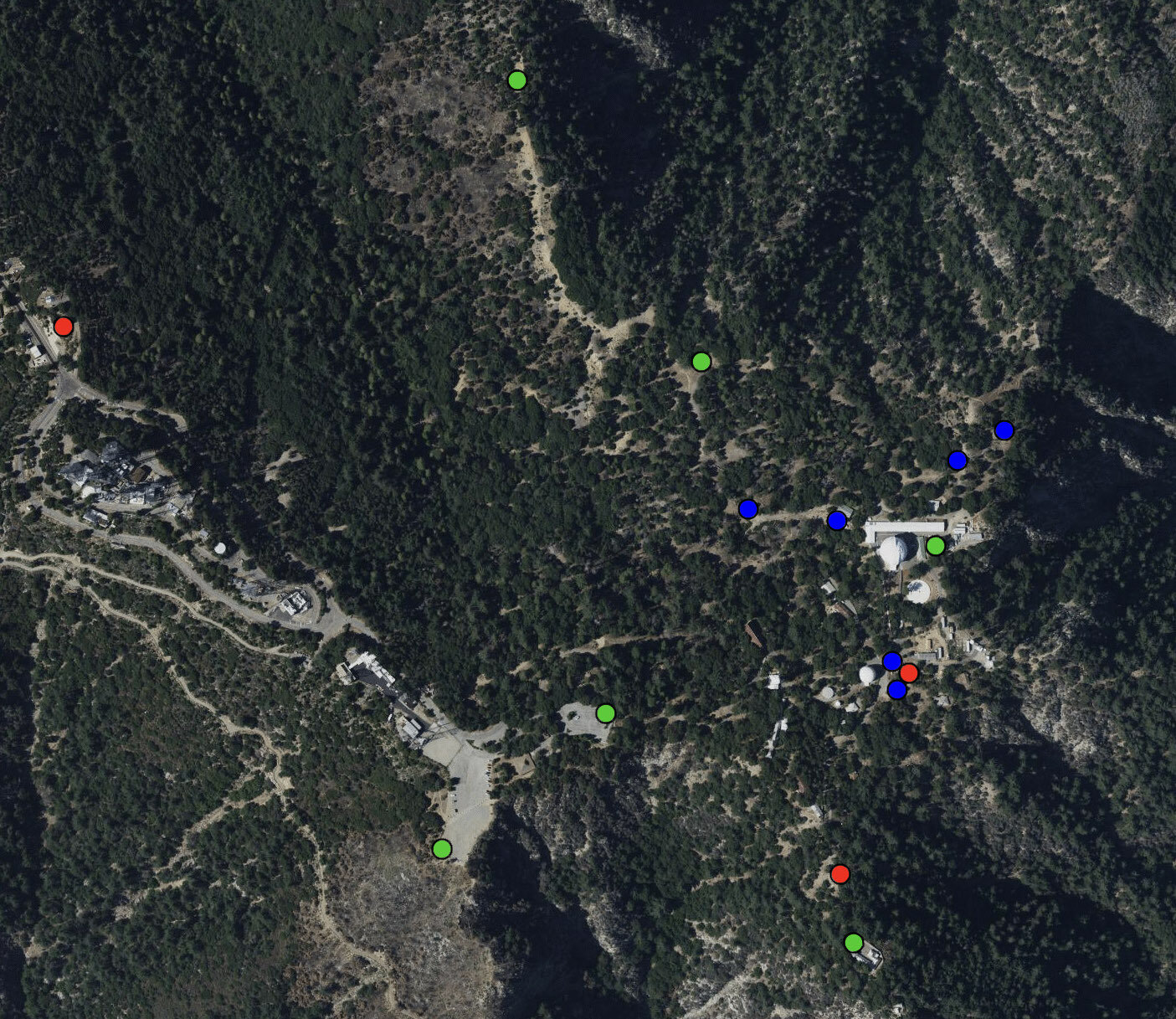
The CHARA Michelson Array (CMA)

17 to 1100m
- CMAP: up to 36 baselines [6+3]
Max spatial resolution
• 0.06 mas R (650 nm)
• 0.16 mas H (1.67 μm)
• 0.20 mas K (2.13 μm)
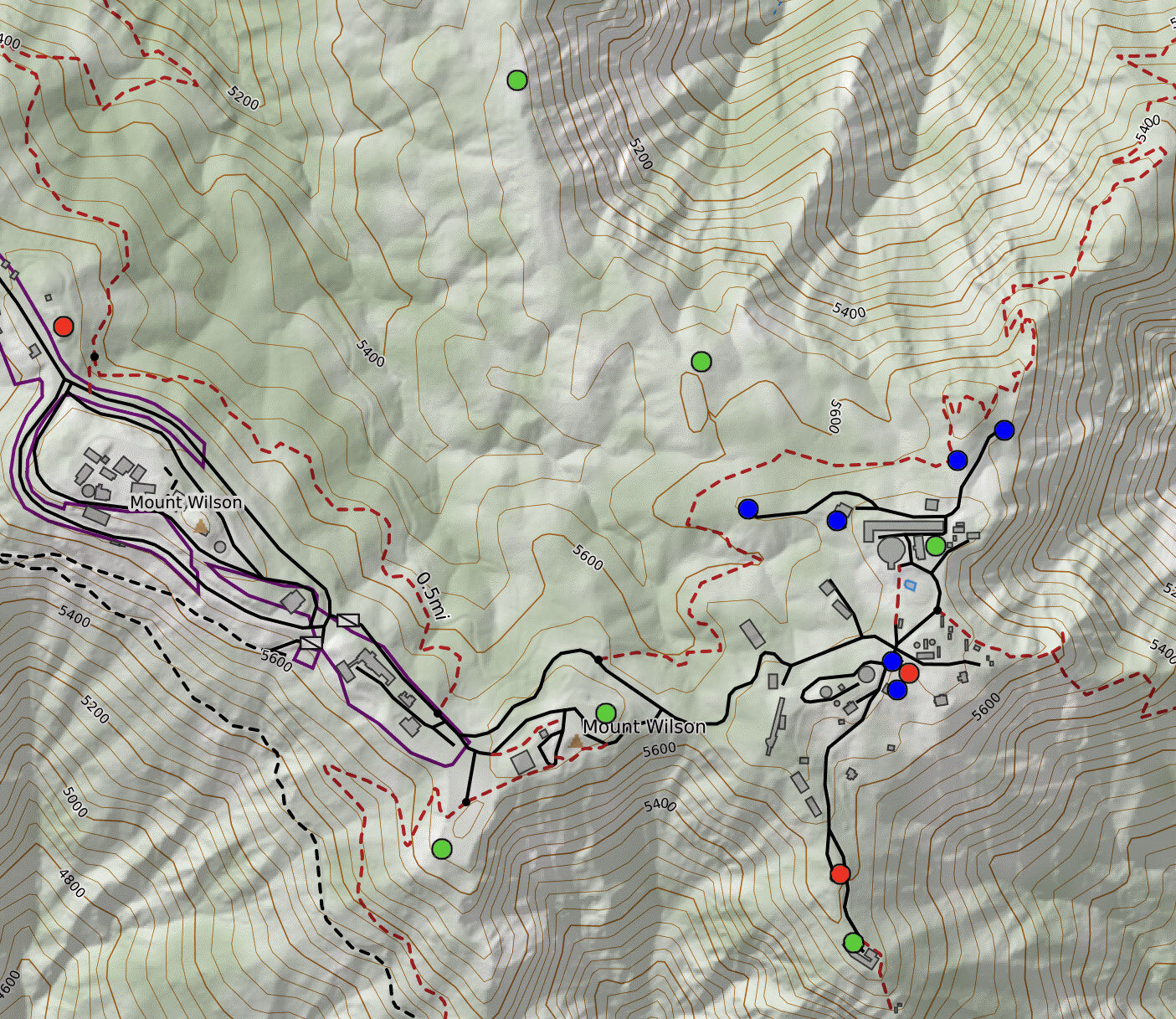
CMAP→ CMA depends upon beam transport success
1100m
- up to 12 sites
- 2-4 meter telescopes
- linked via optical fiber
- expanded beam combining lab
- up to 66 possible baselines
- AGN: dust sublimation and accretion disk could be resolved, binary black holes
- High contrast/contact/interacting binaries - Outflow/ejection/dimming events, Be star circumstellar disks relations
- Red giant ages
- Star and planet formation: imaging enabled by greater UV coverage, sensitivity, & longer baselines
- Massive stars
- Cool stars
- HR diagram diameters: extended into late type stars and pre-MS contraction
- Solar System Science: Asteroids bright enough are too big for original Array, CMAP+Silmaril → break discrepancies between radar and reflectance
- Other mission support: HWO, JWST and ELT candidate finding and follow-up, Space mission technology testbeds?
CHARA/CMA Science Cases?

Angular Diameter of Pre-MS stars
- Taurus star forming region (d=140 pc)
- Measure contraction of young stars to the MS.
- Need < 0.2 mas to achieve this.

Known exoplanets from the NASA Exoplanet Archive. Over-plotted yellow rectangle region of planets that could be characterized with CHARA.
- Central 2m telescope
- 1m's → 2m's
- Km+ baselines
- AO/ople/lab upgrades
- Off-target phase tracking
- Nuller
- Future beam transport
- Michelson Array
Future plans
- CMAP fringes
- Telescope dichroic upgrade
- Automated alignment/tracking
- Upgrade labAO system
- Optimizing multi-wavelength simultaneous observations
-
Dual-Star Phase Referencing
- MIRC-X + Mystic to allow longer integration of science fringes ~ tens of mins ~ 6 magnitudes
- Fibers to all telescopes
- W5 site (1100m)
- extended/double-pass delay
- Up to 300 nights over three years of open access time via NOIRLab.
Near future plans
24
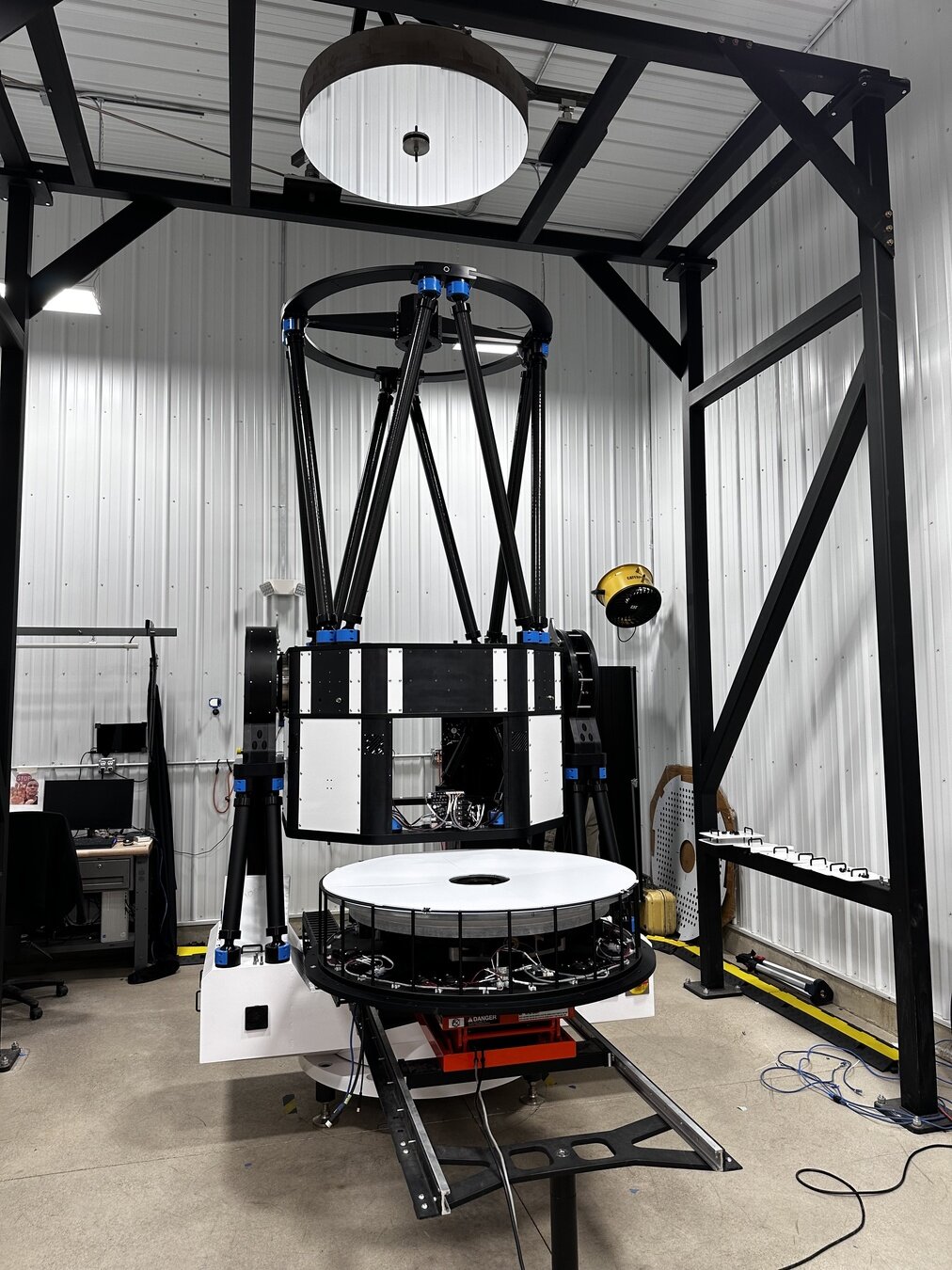
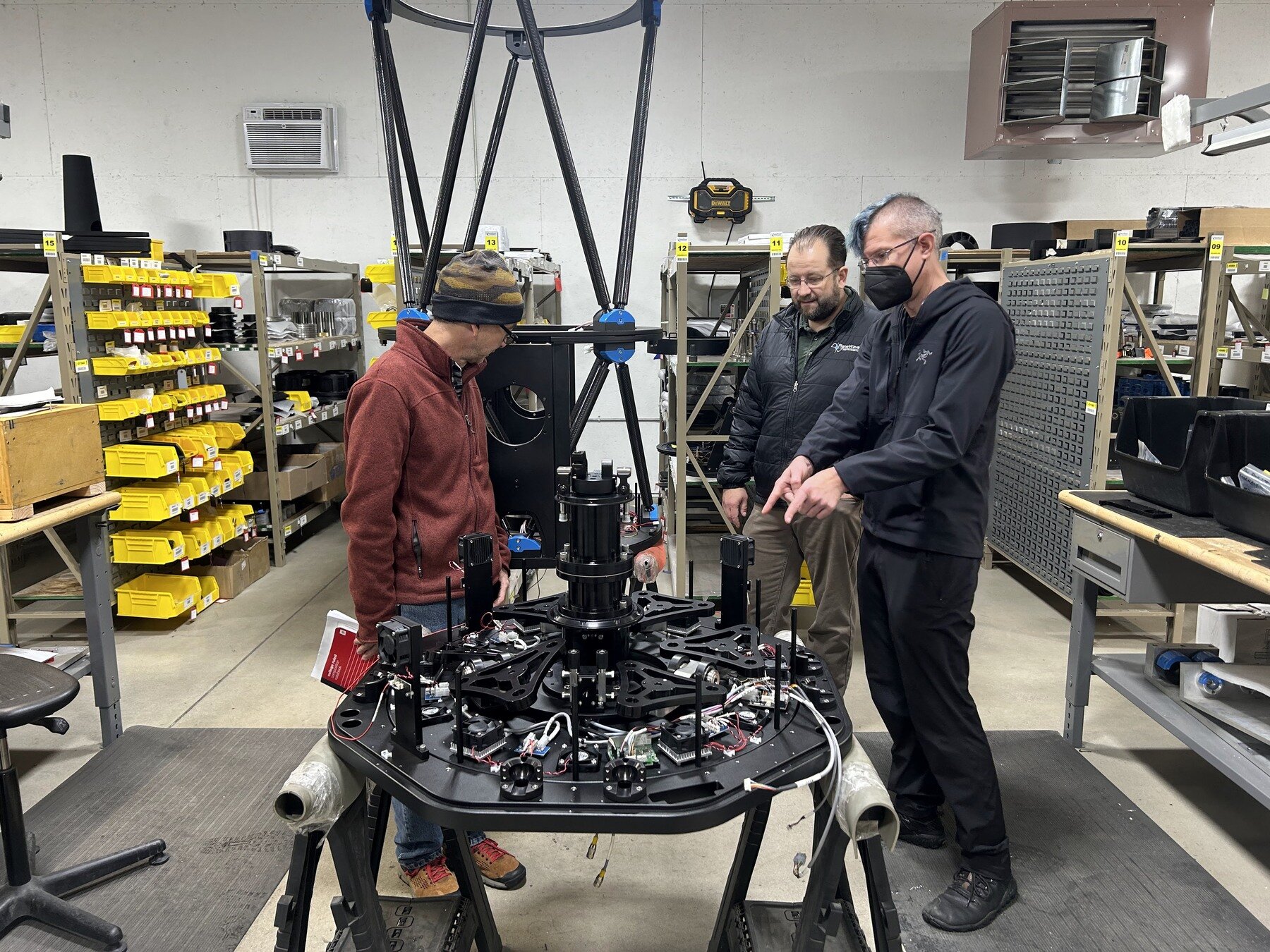


Total of 296 internal PI + CoI.
- 255 open access investigators awarded time
- 152 open access investigators applied but were not awarded
- Total ~ 700 investigators awarded or applied
Community Access Observing Time at the CHARA Array
Available through NOIRLab call for proposals.
| COMBINER | BEAMS | Band | Limits typ (best) |
|---|---|---|---|
| AO | R | 12-14 | |
| Classic | 2T | K | 8.5 (9.3) |
| MIRC-X/MYSTIC | 6T | H/K | 7.5 (8) |
| PAVO | 2 or 3T | R | 7-8 |
| SPICA | 6T | R | 7-8 |
| SILMARIL (com) | 3T | HK | 8.8 (9-12 expected) |


NOIRLab Open Access
"New Visions in Optical Interferometry"
We gratefully acknowledge financial support for the workshop through the Heising-Simons Foundation.
This includes travel support for students and post-docs.
Participants will learn
- software tools available to model interferometric data
- how to reconstruct images of astronomical sources.
-
hands-on sessions:
- to measure a stellar diameter
- detect a binary companion
- model a circumstellar disk around a young star
- image starspots on the surface of a star.

2.5 day workshop at the new Astronomy Discovery Center at Lowell Observatory March 16-20, 2026
backup
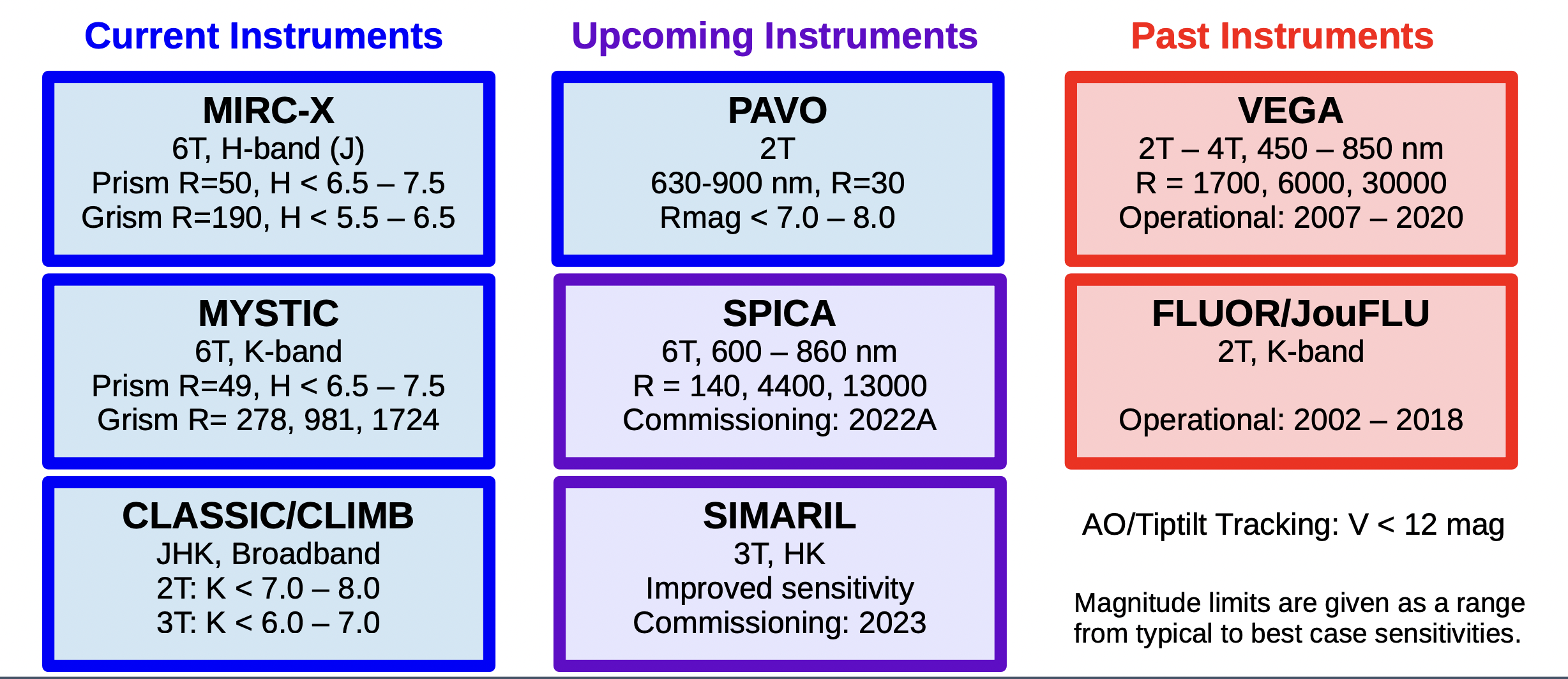
Beam Combiners
CHARIOT - 2 beam, K-band IO testbed



Image an exoplanet during transit
- There are some 250 known exoplanets with host stars accessible to CHARA.
- The new baselines will enable resolution of solar-like stars out to about 70pc in H-band.
- Numerical simulations of the transiting hot-Jupiter in HD189773 indicate that the silhouette of the planet can be measured in long baseline observations made during transits.

- Verify diameter measurements between eclipsing binaries and singles
- 8% of M dwarfs are photometrically variable by 2% in V, R, I. 92% are stable
- Study flares, spots
- Magnetically active M dwarfs have very large spots that could be imaged

20pc sample → 600 M dwarfs
- volume complete sample to 20pc
- How many could chara resolve/image?
Diameters and resolved surfaces of M dwarfs

Binary & Multiple Stars
ARMADA astrometry survey to search for triple systems among known intermediate mass binaries.
- ~ 20 - 50 μas residuals
- potentially could detect Jupiter-mass exoplanets in binaries.
new orbits of 12 companions around early F- to B-type binaries,
- 9 new detections
- 3 first astrometric detections of known RV companions.

Complementary radial velocity measurements for some of these systems yield very reliable mass estimates.

Gleise 486
- M3.5 V star at ~8 pc
- transit every 1.467 days.
- MIRC-X → angular size of the the host star
- physical radius and effective temperature.
- transit light curve → ratio of planetary to stellar radius
- exoplanet diameter
- HPRV captured the reflex motion of the star and led to an exoplanet mass
- model of the interior structure and possible atmosphere of this other world in the solar neighborhood.
Exoplanet Systems
Interferometric observations of exoplanet host stars provide the means to determine the detailed stellar characteristics that are required to find the exoplanet properties.
- Radius and Teff of host
- Mass + age from evolutionary tracks
- Size of habitable zone
- Radius of transiting planets
The CHARA Array - building towards the Michelson Array
By Nic Scott
The CHARA Array - building towards the Michelson Array
- 188



